The content of the article
How to preserve corn for the winter? No way! It almost always explodes. So many hostesses who managed to get burned can answer. In fact, the recipe for preparing delicious grains is indecently simple. And all the trick is in a few simple rules.
The main conditions that will help to avoid tearing the caps off the corn:
- grade selection
- cooking
- cutting
- quantity
- sterilization
- vinegar
Each item has its own characteristics. Below we consider them in detail, but for now the recipe itself.
It will take 10 medium ears, 3 liters of water, 12 tbsp. l sugar, 4 tbsp. l salt, 6 tbsp. l vinegar 9%, 6 jars of 0.5 l.
Remove the wrapping leaves from the corn, wash thoroughly with a brush. Pour cool water and boil for 7 minutes. Take out the cobs, put them in cold water with ice.
Remove, cut grain with a sharp knife. Pour them into the pan, pour 3 liters of water, cook until tender. Then put them into sterilized jars equally. After boiling, strain the water through a sieve, add salt and sugar, boil. Pour one spoonful of vinegar into the jars, pour the brine.
Put the lids on top and place the containers with corn for sterilization. After 3 hours, carefully remove, roll up. Then turn over and wrap up very warmly. How to cool - remove to the cellar.
Subject to all the intricacies of the recipe, such a workpiece is stored for more than a year at a temperature of no higher than + 10 ° C.
The right grade for good preservation
In fact, it is not so important which kind of corn will be selected. This does not play a special role. Most importantly, corn must be sugar. So only the one that was grown on their own site is suitable.
Collected on collective farm fields - fodder. one hundred%. If you were able to calmly pick your ears on someone else’s field, then you may not even try to preserve them. The industrial fields of sugar corn are very carefully guarded. There the mouse will not slip, to say nothing of the man.
Bought on the market - also fodder. Cunning sellers must have run her into the same field.
Such corn will explode 10 hours after seaming, despite dancing with a tambourine and shamanistic dances.
Rule 1: only sugar varieties are suitable for home canning.
How much to cook
It’s difficult to name the exact time. Until ready, then to the softness of the grains. Depending on the variety, it can be 30 minutes or more than an hour. It is very simple to determine the moment of the end of cooking: we get one or three grains, try. Do you like consistency? So it's time. Still harsh? Then we'll cook.
Speaking of preliminary 7-minute blanching. It is not intended to soften the cob. In such a short time, nothing will happen there. The fact is that corn is very fond of all sorts of spore bacteria. And just washing them is unlikely to get rid of. Therefore, it is so important to comply with this paragraph.
Rule 2: preliminary blanching is required. Final cooking - until fully cooked.
Grain cutting
It would seem that so important in slicing? He took a sharp knife, shredded the grains in a bowl and set to cook. And no! There are tips to trim grains with part of the cob. Say, then when cooking all the garbage will come up. True, it is not specified that the grains will also come up and it will be very difficult to remove debris from the ears.
Now remember. Who ever bought canned corn in stores, paid attention - how is it cut? True, without roots, about 3/4. Someone will say: it’s just that they are scratching its blades at the factory.What are you saying! At the plant, where almost waste-free production, a quarter of grains are thrown out? Is there really no cleaning crusher to peel whole grains? So, for some reason, these roots still do not use.
And the reason is all in the same notorious debate about diseases. They like to settle in the bottom quarter of the grain. Therefore, you need to cut it as well. Ruthlessly throwing cobs with roots. Then not to throw out the soared conservation.
Rule 3: Trim corn kernels with a 3/4 sharp knife.
How much to impose
Many homemade canned food is poured into a can under the very lid. To leave as little air and free space as possible. With corn, this method will not work.
Again, remember a jar of sweet grains of industrial production. Who, having opened it after the purchase, did not exclaim - yes there is only half, and they did not add brine to the top.
This is not a marketing hoax. These are all the features of the behavior of the queen of the fields in canned form. She loves to play a little bit, to release the gaziki harmless. And where should they go if the jar is filled under the very lid? Naturally out. That breaks the roof on canned goods and from bewilderment of unknowing hostesses.
Rule 4: corn grains should be placed in the container by 2/3, the brine should not be added to the top 2-3 cm.
Sterilization is always important
No matter how hard we try, the grains after cooking can still contain residues of harmful spores. Therefore, we sterilize. Pre and necessarily empty cans and lids for 10 minutes. Filled with blanks in a saucepan - at least 3 hours.
So what, what for a long time? And who was talking about easily? That's why she and the queen, so that they bow and care. But he will thank him with royal generosity: the taste of ripe, juicy, sweet corn and without industrial chemistry!
By the way, rubber bands from the covers can not be removed! They must be decontaminated simultaneously with the workpieces. Do not be afraid that they will melt. They are designed for home sterilization, they are not afraid of high temperatures. To soften them, industrial autoclaves are needed. So feel free to boil.
Rule 5: to sterilize everything, it’s more reliable!
Vinegar is needed
Home canned corn for the winter with vinegar will always be. Of course, if you accidentally had an autoclave of industrial capacity lying around in the bins, then you can skip this point. Everyone else must read!
Sweet corn itself is acid free. Therefore, even with all sterilizations and cleanings without vinegar, preservation will not work. Naturally, the taste will be slightly different from the store. But do you see on the shelves fragrant homemade lecho or fragrant strawberry jam? It is, of course, there. But ... somehow without a soul or what? Something is tastier. And to tell you the truth, home-made sweet and sour marinade is much nicer than sugary-sweet industrial.
Rule 6: vinegar must be added.
Some tips
Sugar was grown on the site. They waited a long time for it to mature. Cob broke, dragged into the kitchen. Hmm. Carry back, it’s too late, oak steel grains. How to determine when it is time to preserve? What is milk ripeness corn? Everything is simple. We open the ear, slightly press the grains with a fingernail:
- whitish juice appeared - it's too early
- it’s difficult to scratch the grain - it’s too late
- the grain is easily pierced, but there is no juice - that same milk ripeness
When cooking corn, foam may appear. It must be removed to the maximum.
Filtering water for the preparation of brine is possible not only through a sieve. Tripled gauze will also work.
How to sterilize banks so that they do not burst? About 3 cm of hot water is poured into the bottom of the dish. Temperature 80-90 ° С. They make a thick cloth. You can have a piece of an old towel. Cautiously put cans with corn and brine. Top up the pan with hot water to the shoulders of the cans.It is more convenient to do this from a teapot with a narrow long spout. And turn on the smallest fire.
After sterilization, the blanks are pulled out on a heated dry towel. Then roll up. So they will definitely remain intact. Glass breaks only from a sharp temperature drop.
Is it possible to leave gum in the covers? It’s even necessary! After removing the elastic bands, after sterilization is completed, you will have to remove the cover to return them to their place. During that time, while you will burn your fingers and stuff the rubber band under the side, all the steam will disappear. And bacteria from the air will gladly fly into the jar. How long will she stay after that? Why then 3 hours boiled?
Some clouding of the brine after 2-3 weeks is the norm. Pay attention to the cover. If concave, then there is nothing to worry about. Swollen? So somewhere they messed up, get ready to see the fountain of solar grains.
It is impossible to process such canned food. Either in the trash, or feed livestock. They will really like this treat.
That's all the tricks. Strictly observing them, you can not be afraid for the fate of their harvesting. Now, to the question - how to preserve corn for the winter, you can safely answer: it’s easier than easy!
Video: how to preserve corn


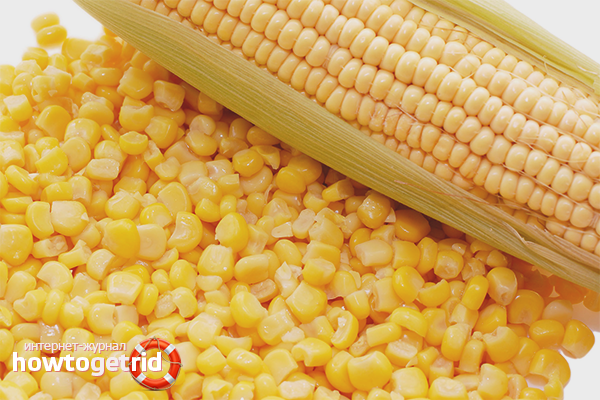
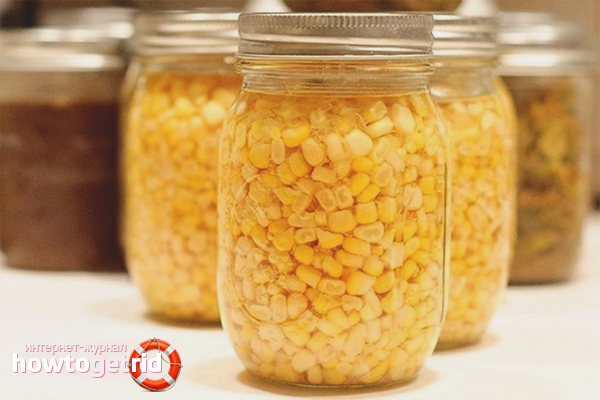
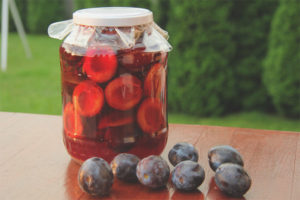
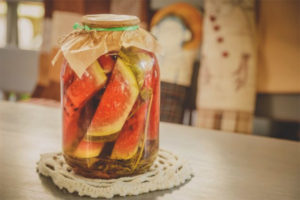
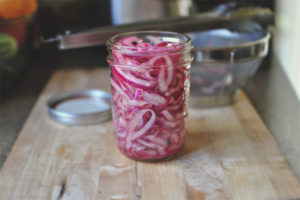
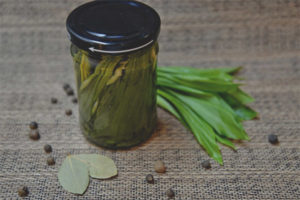
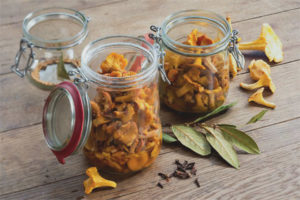
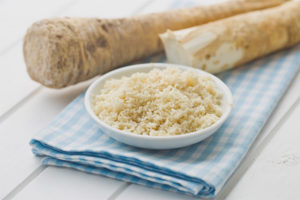
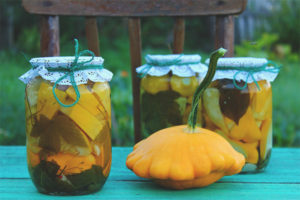
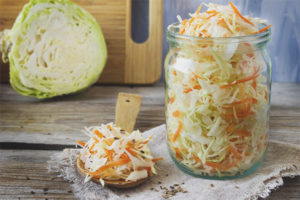
Submit